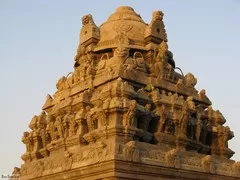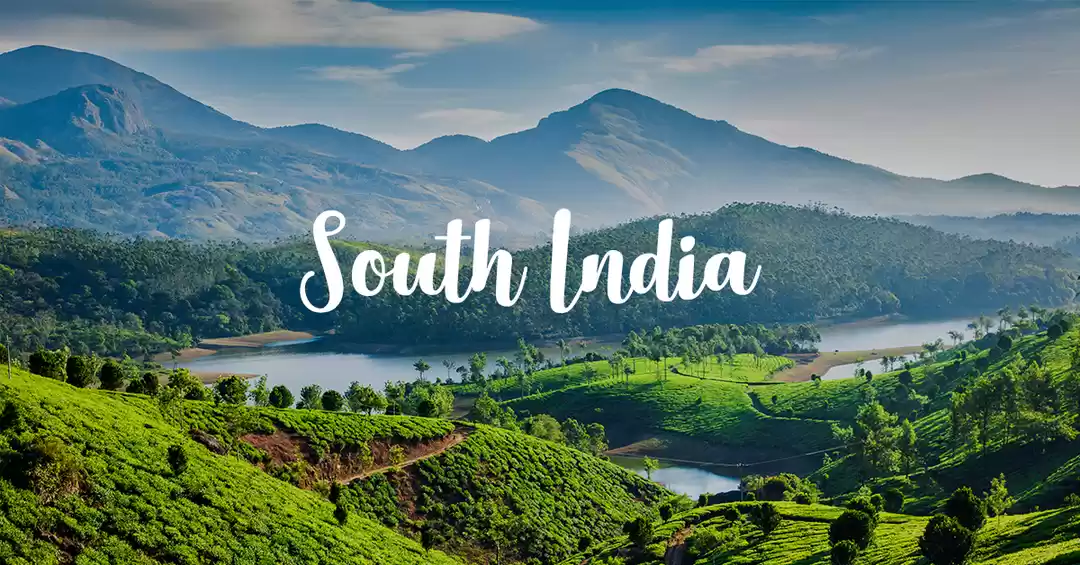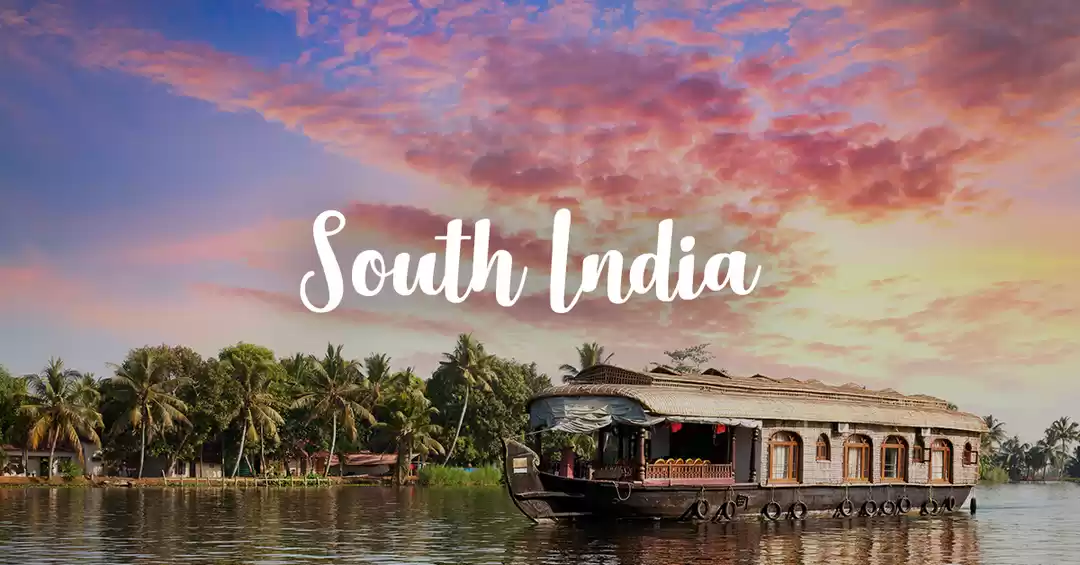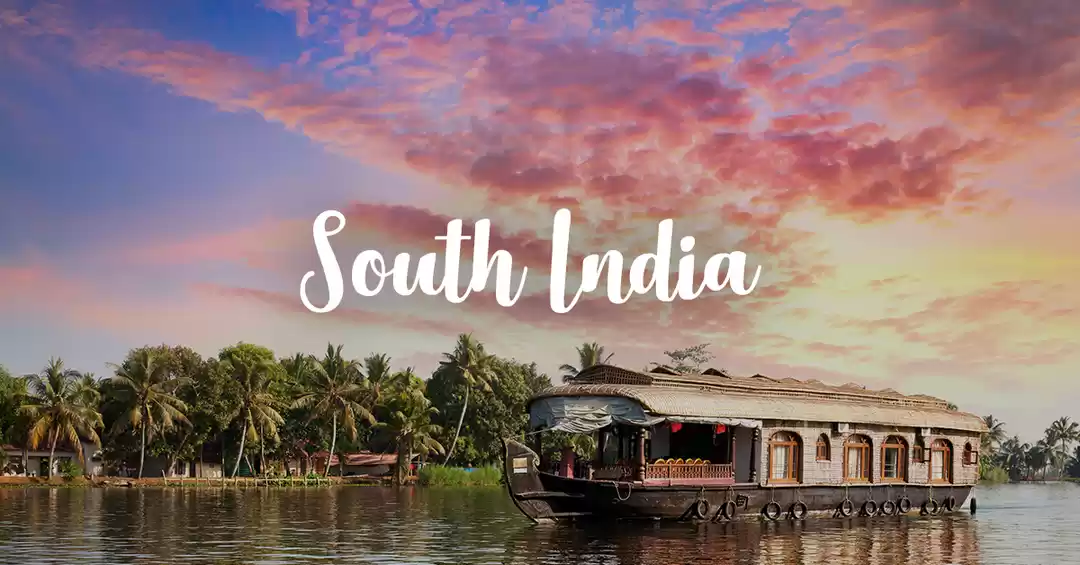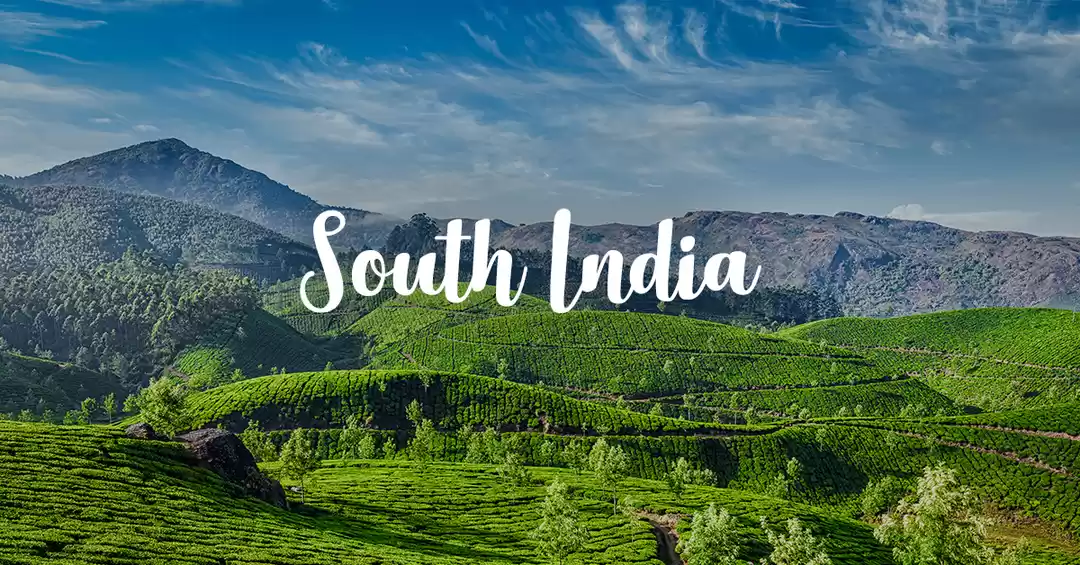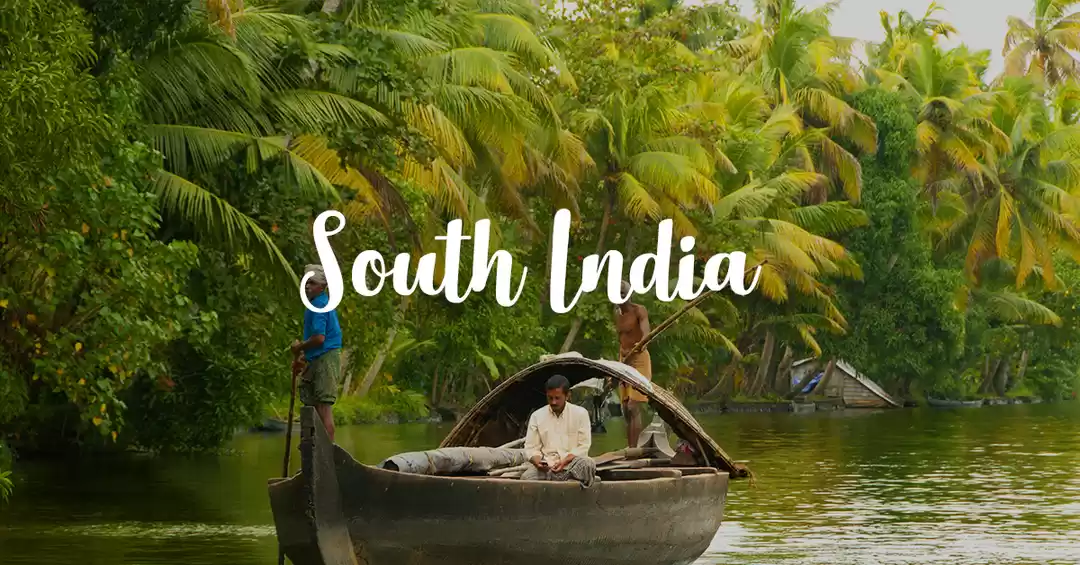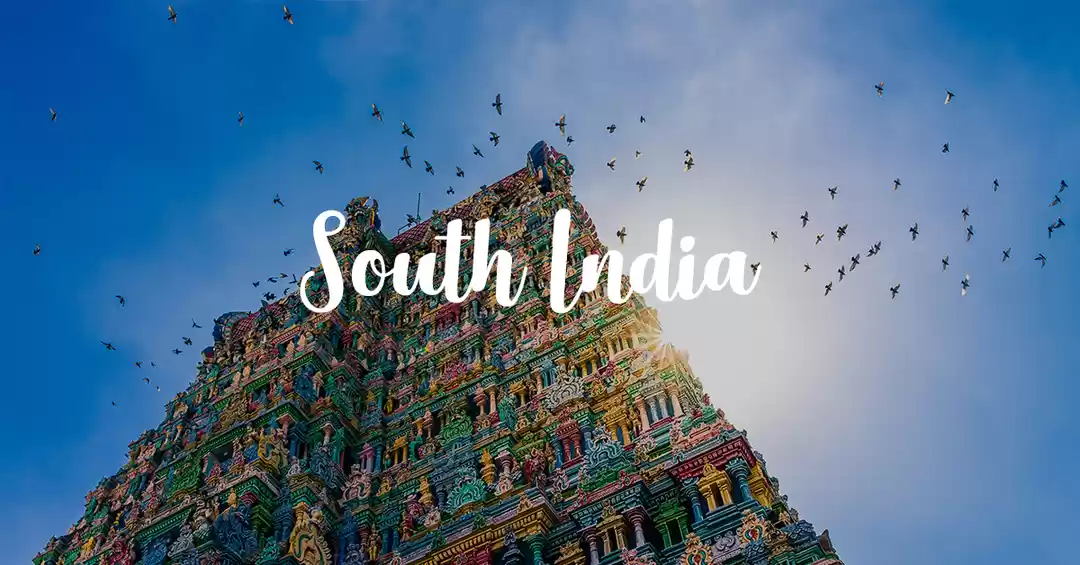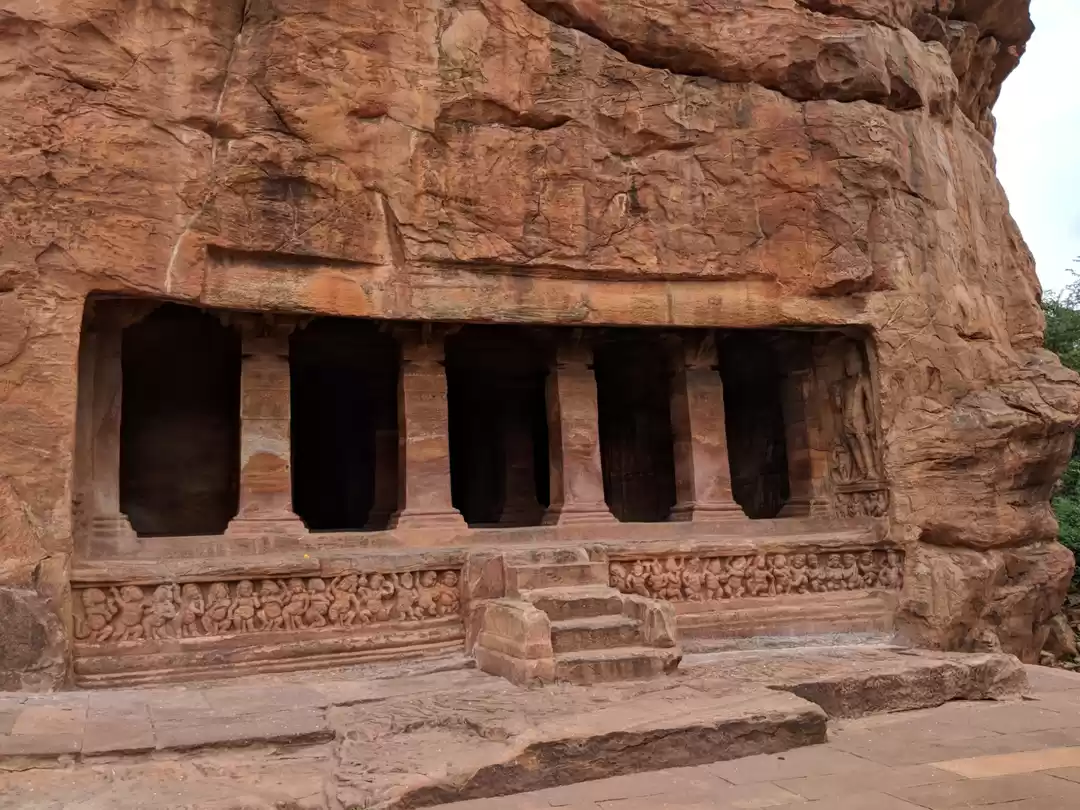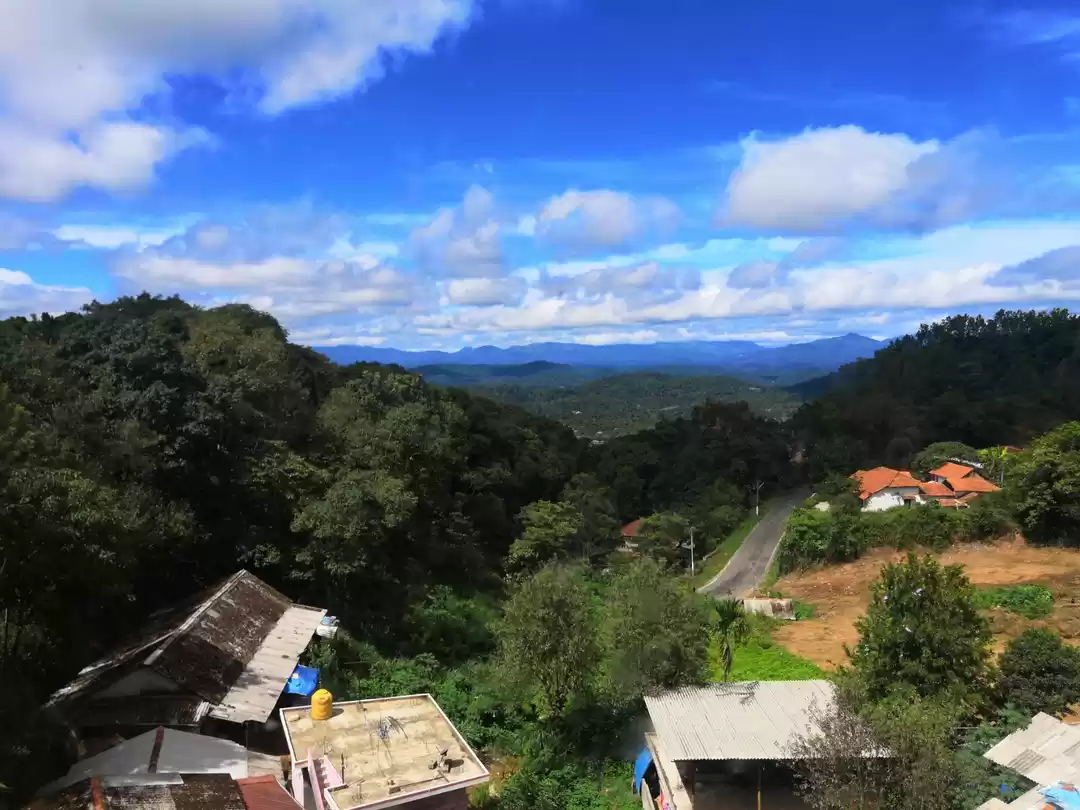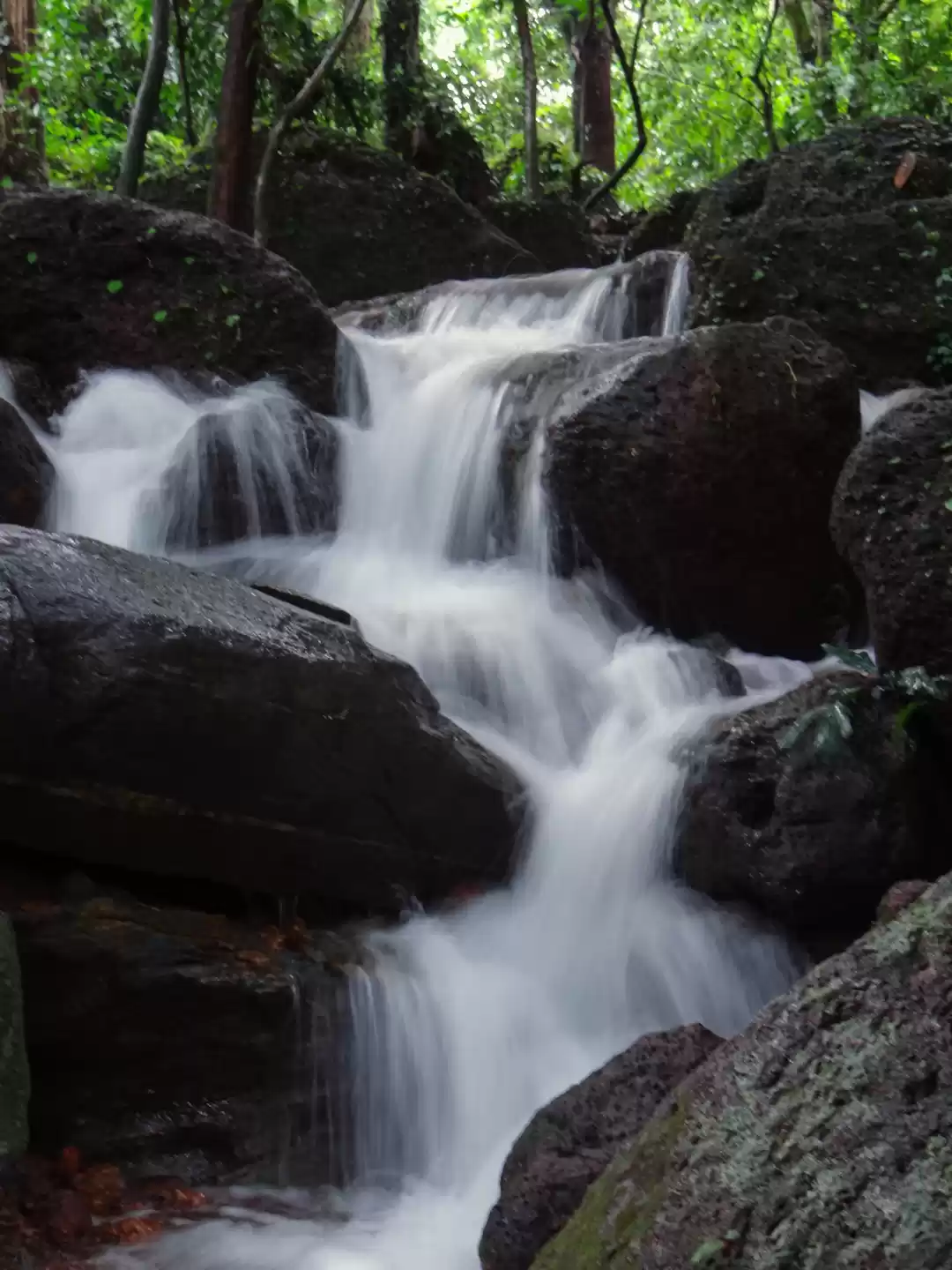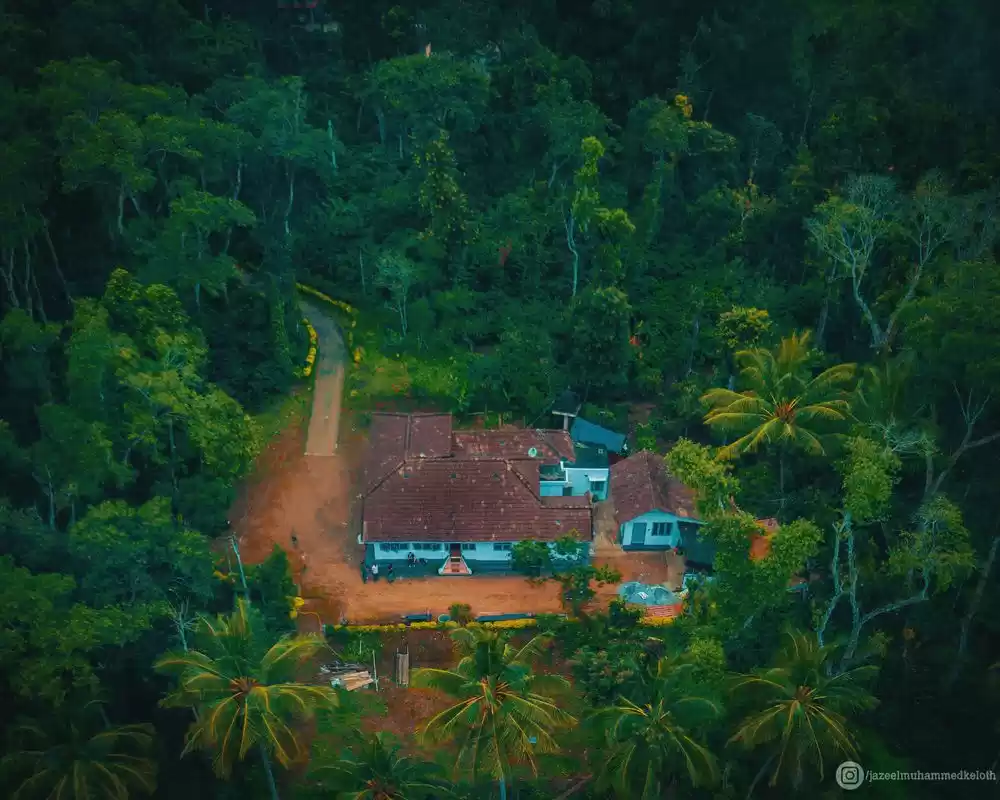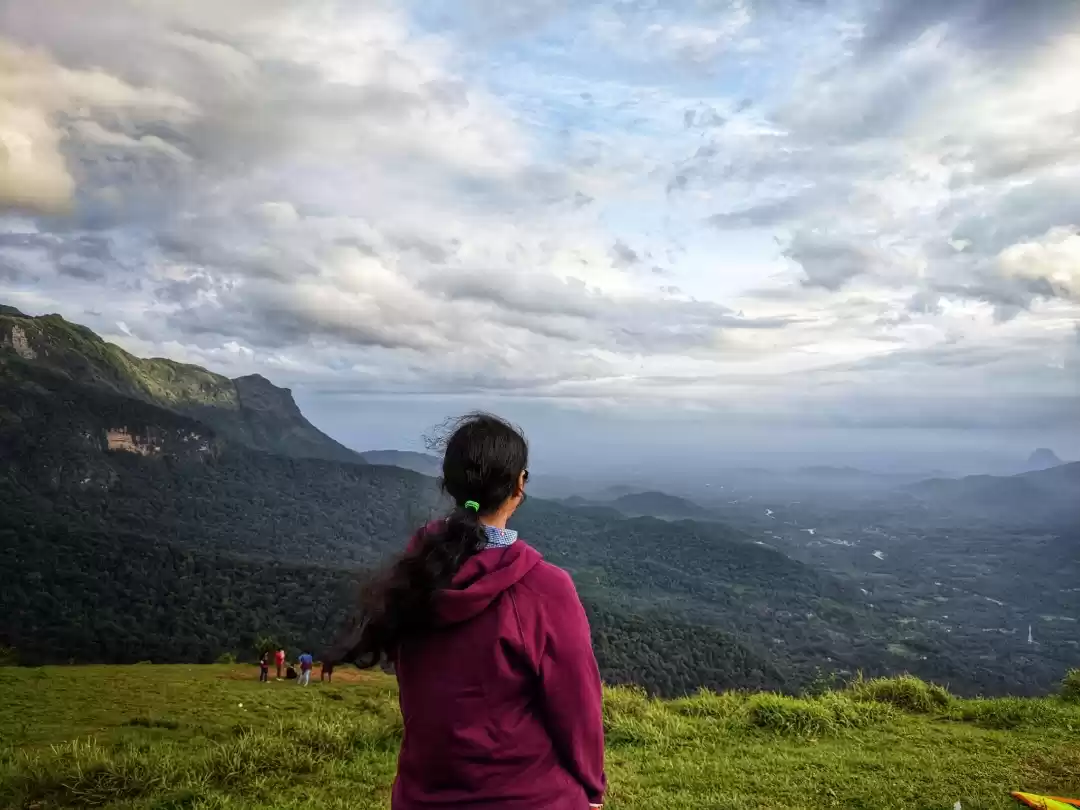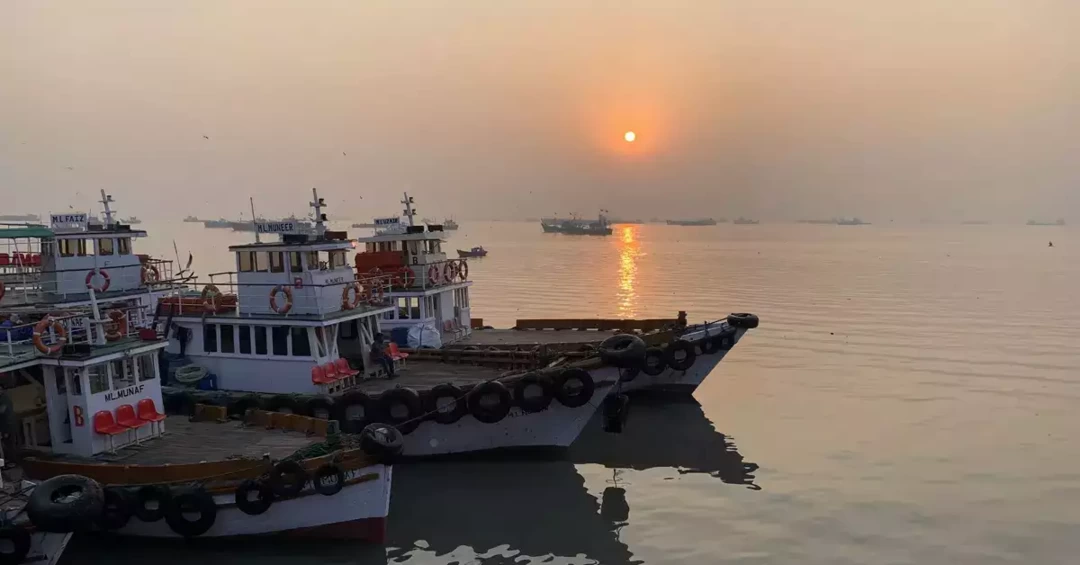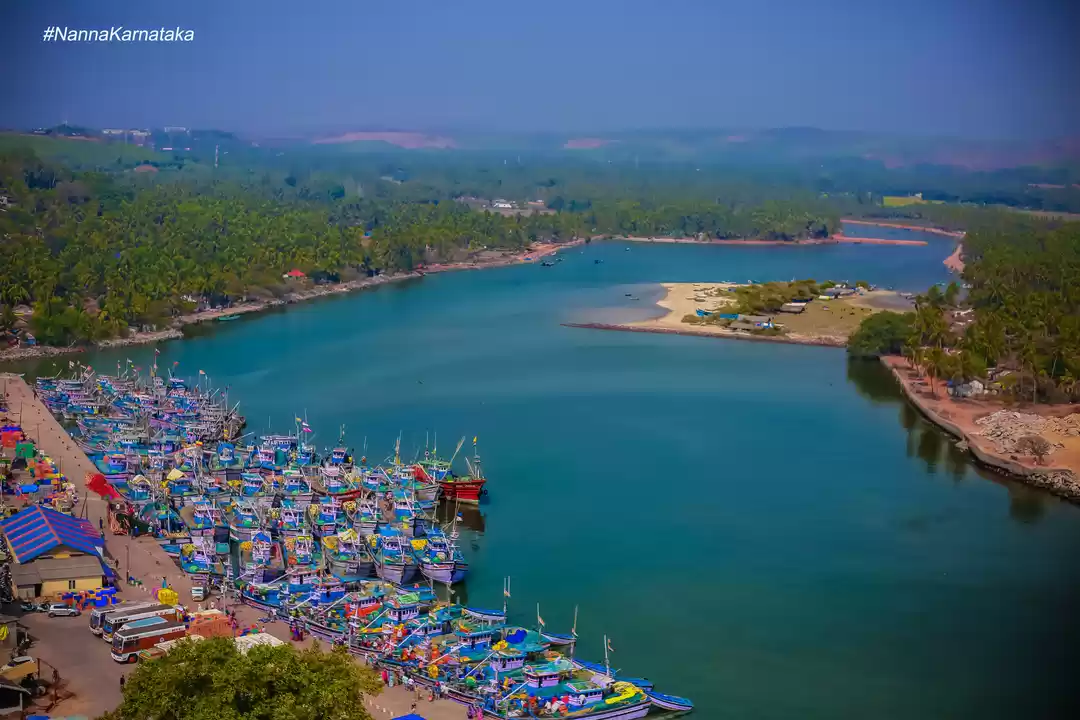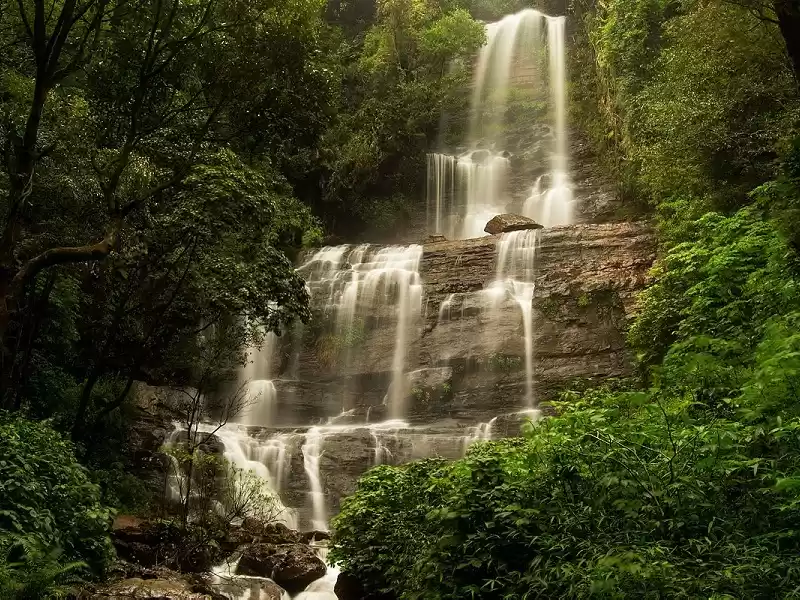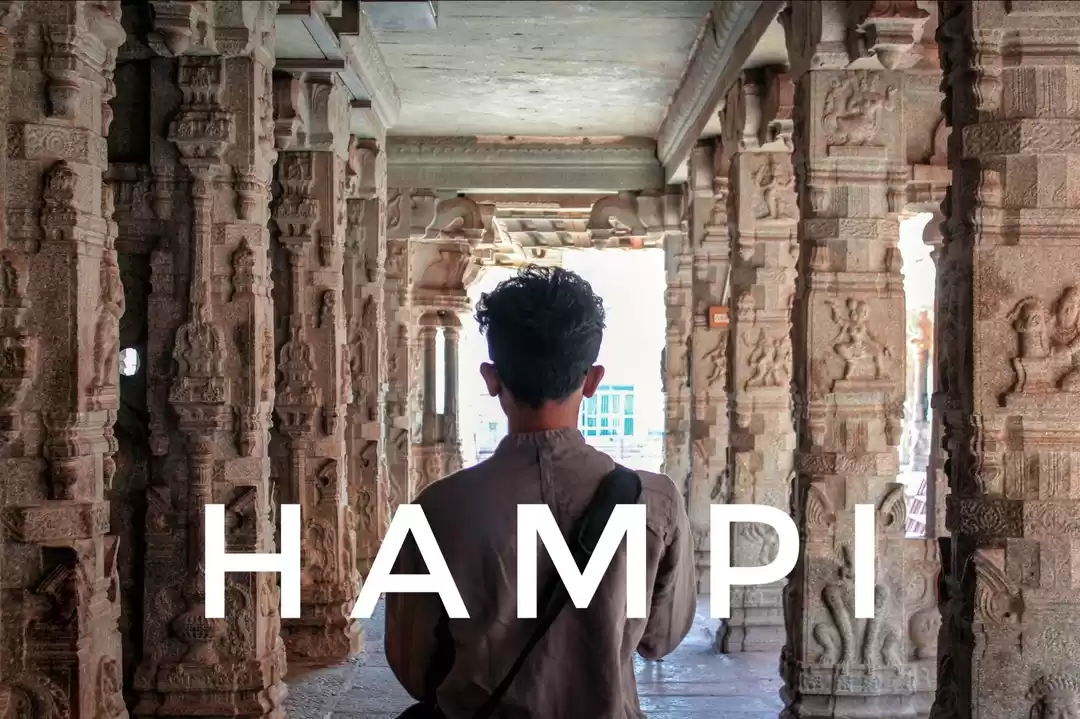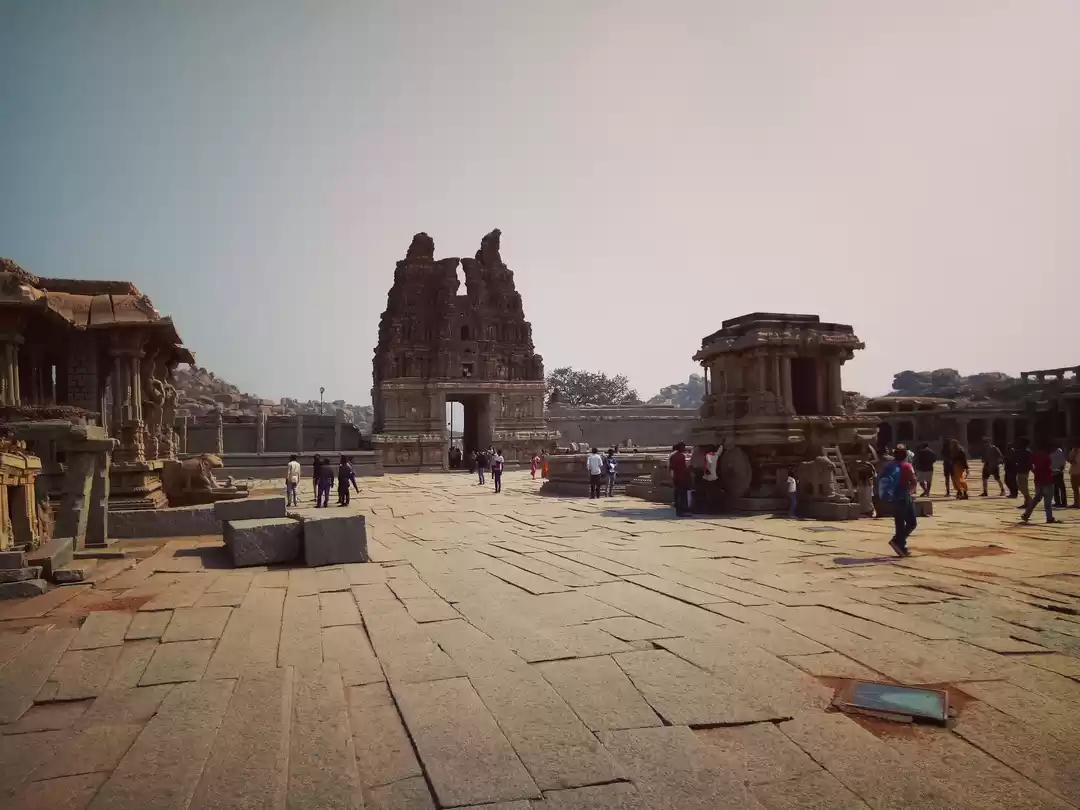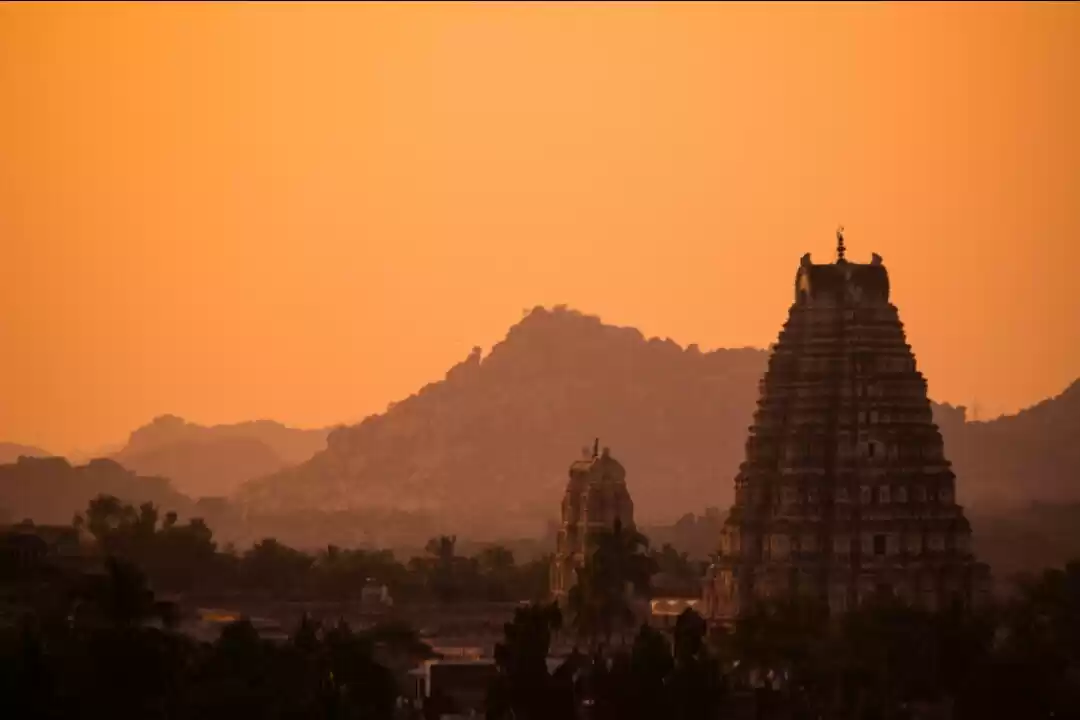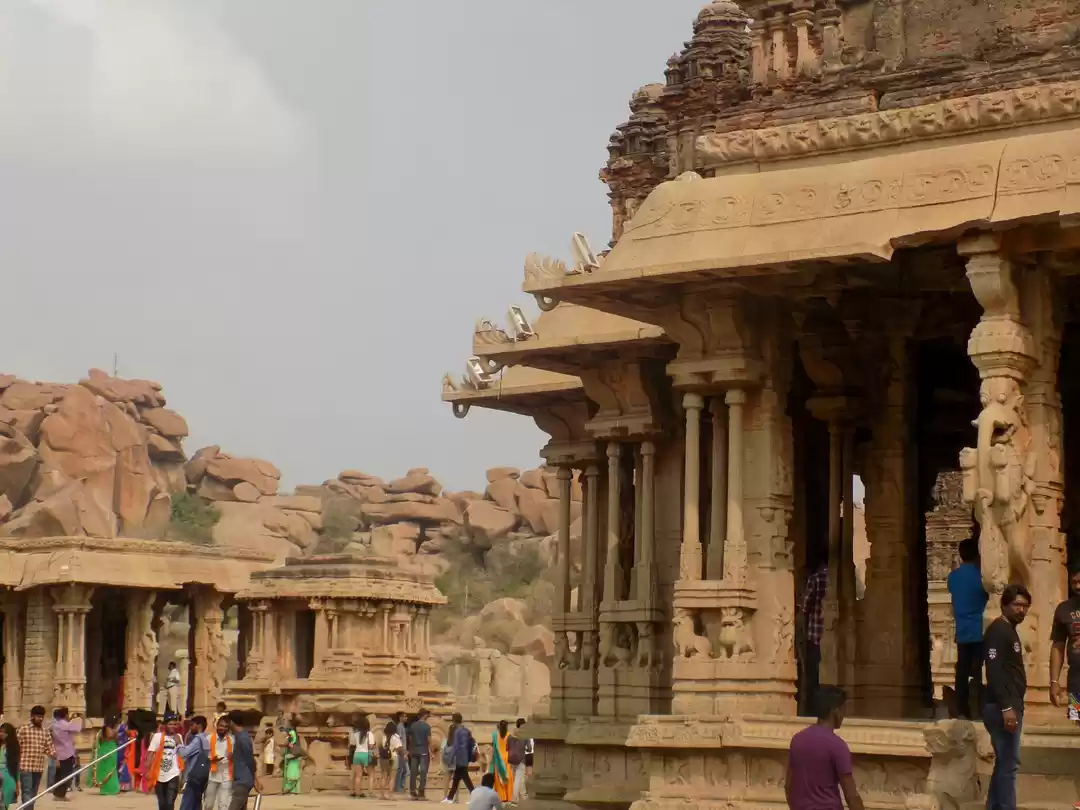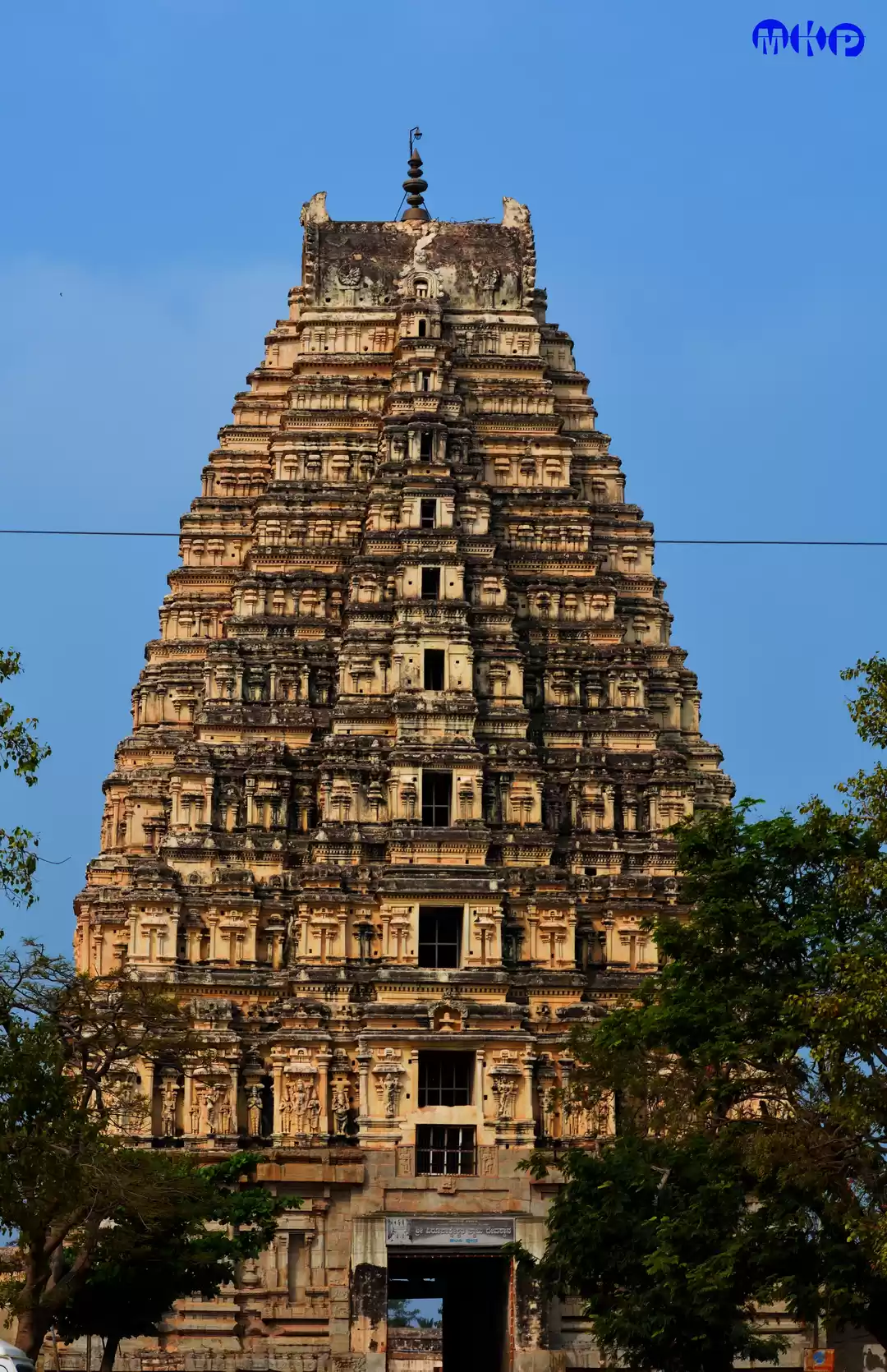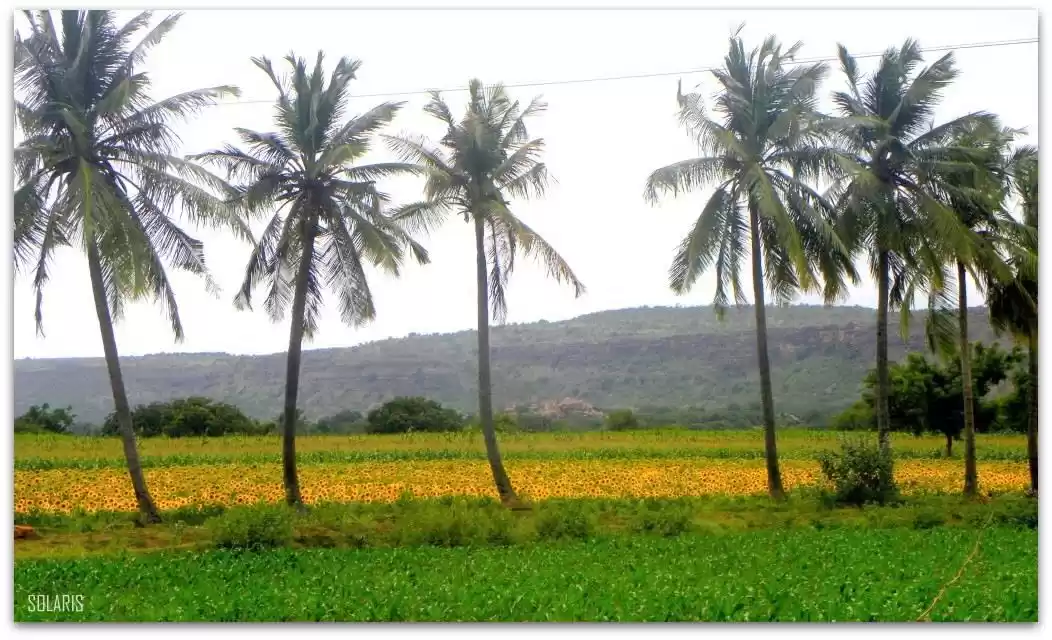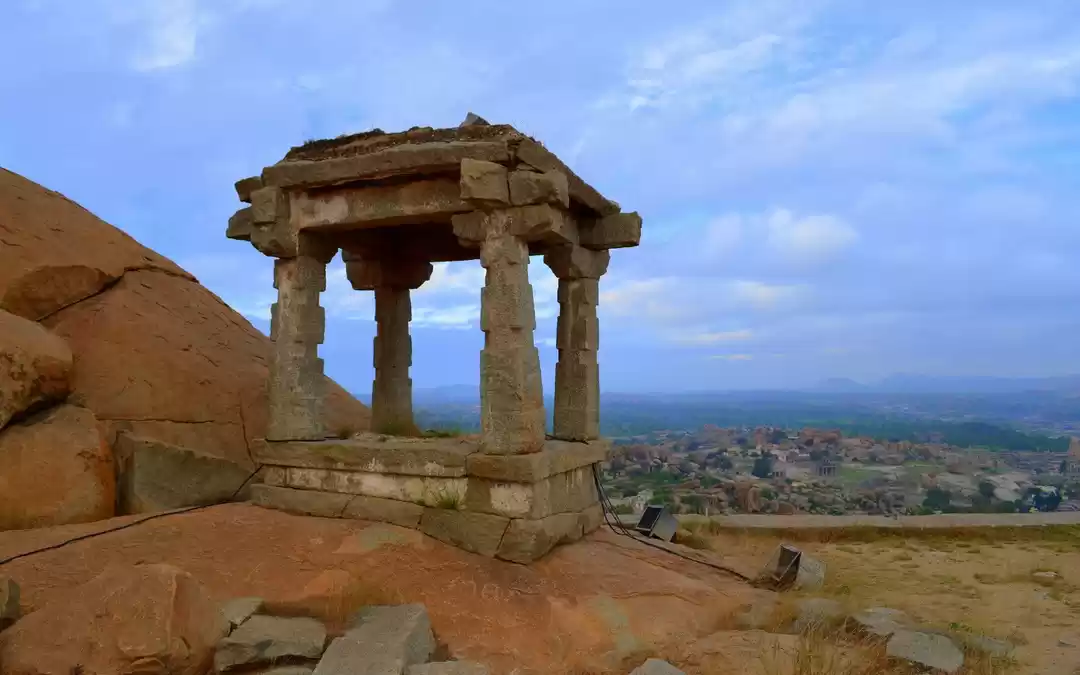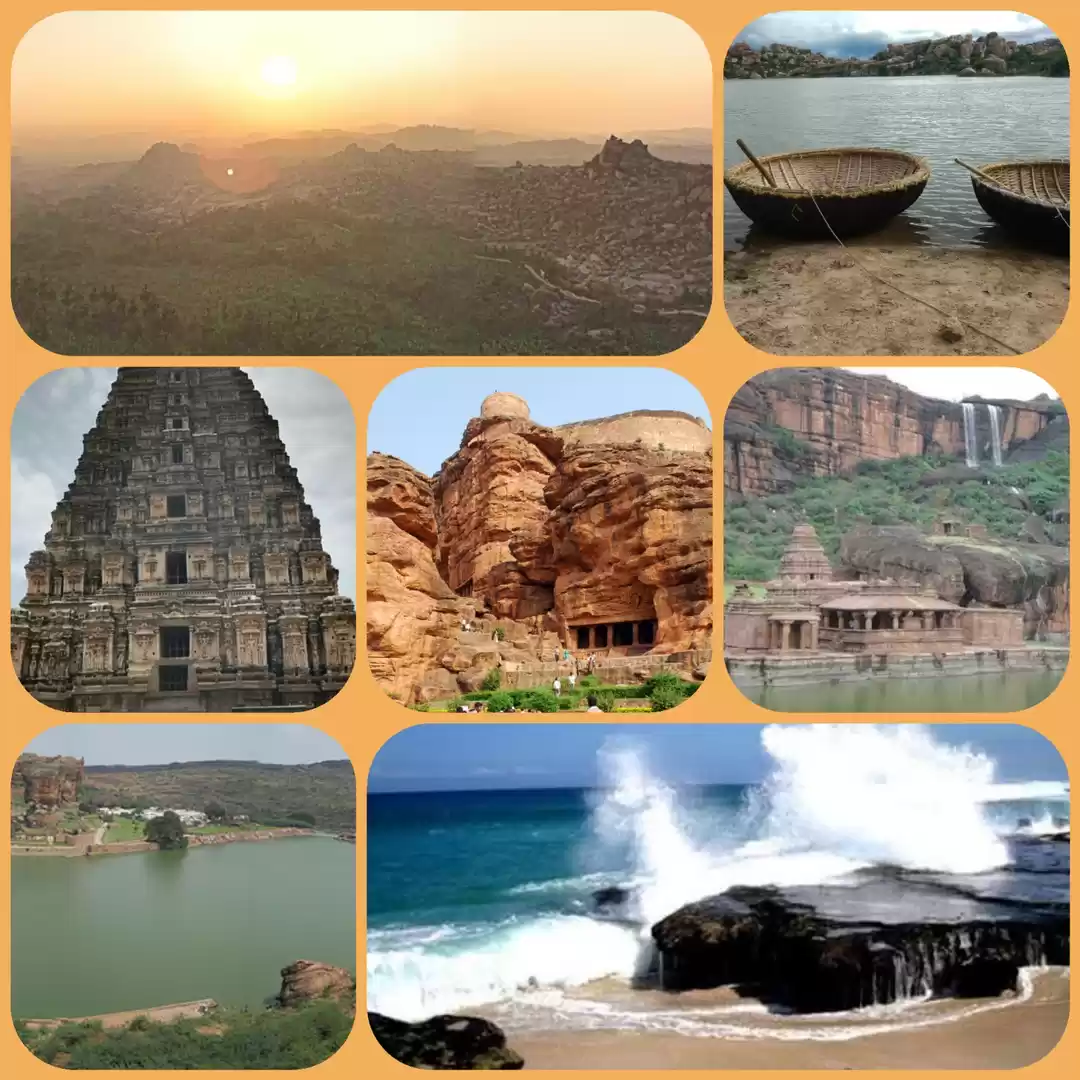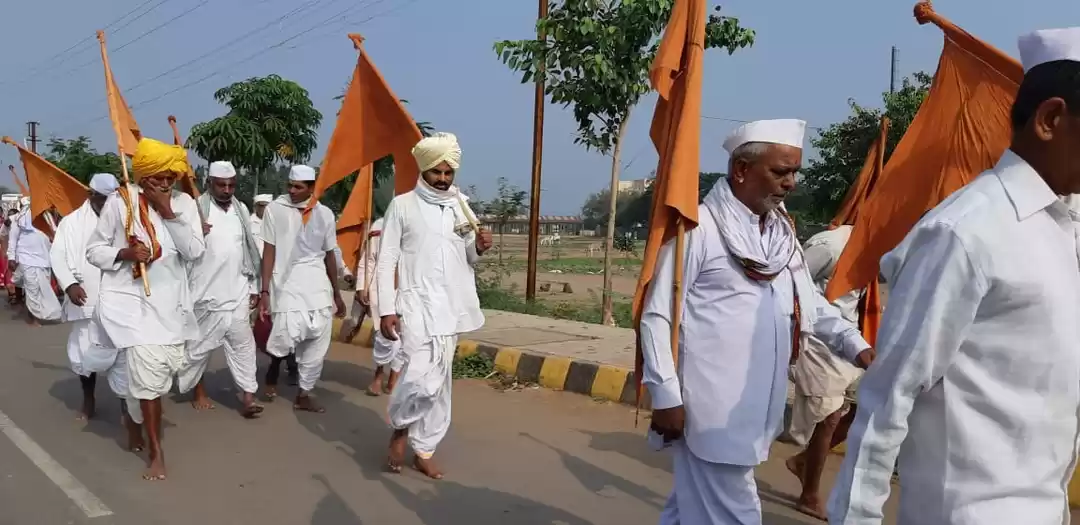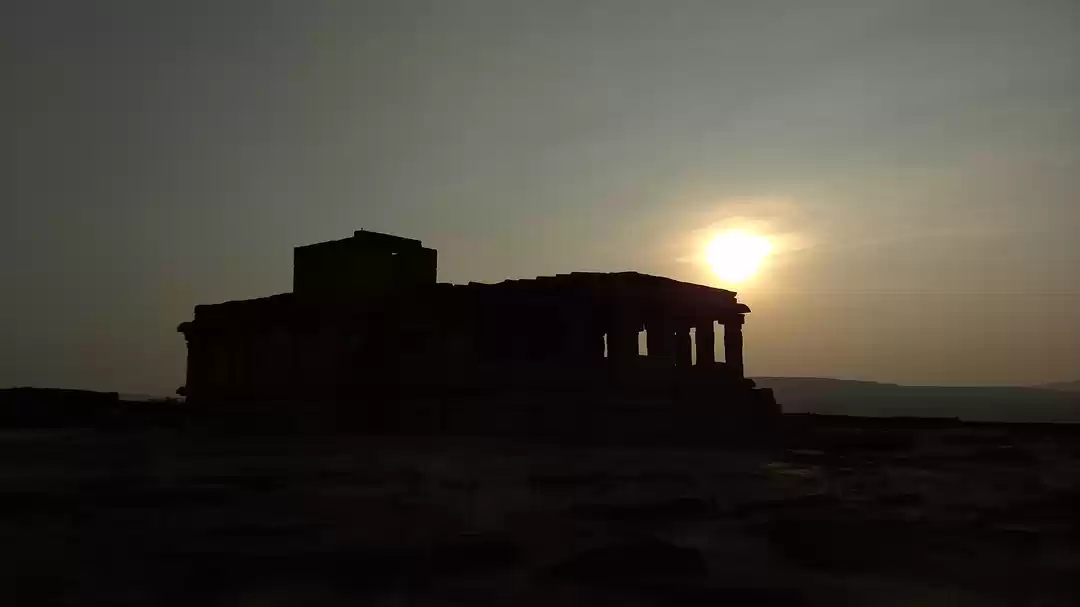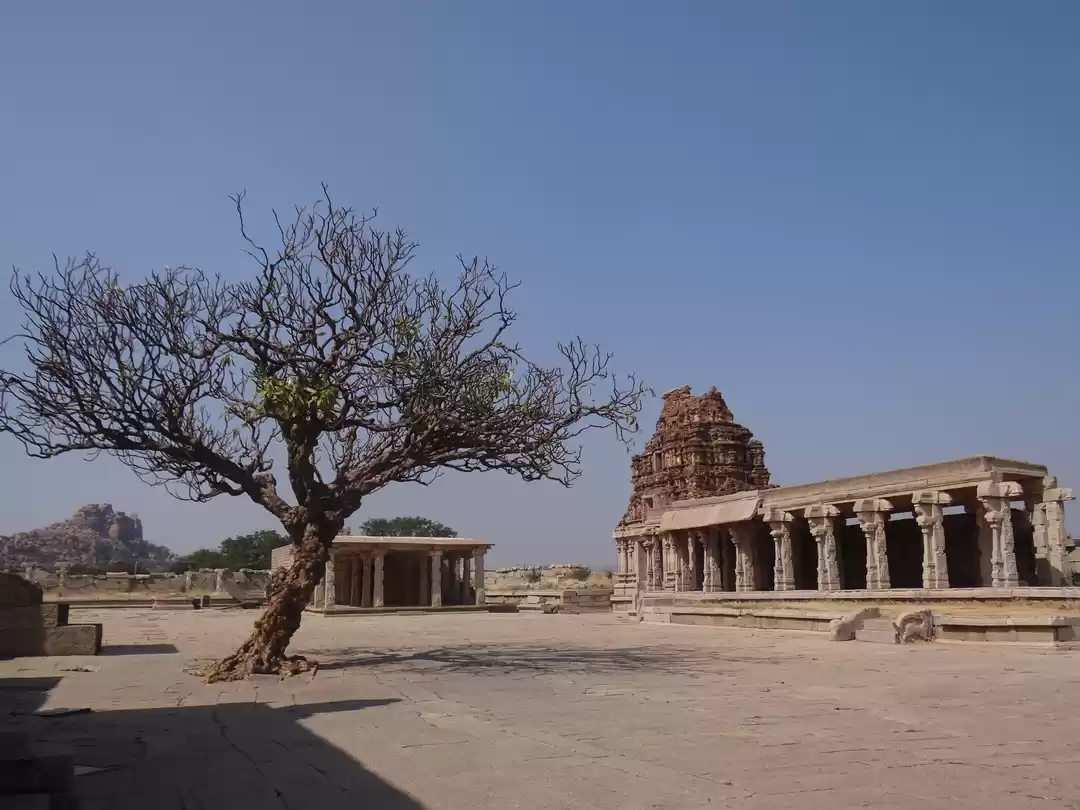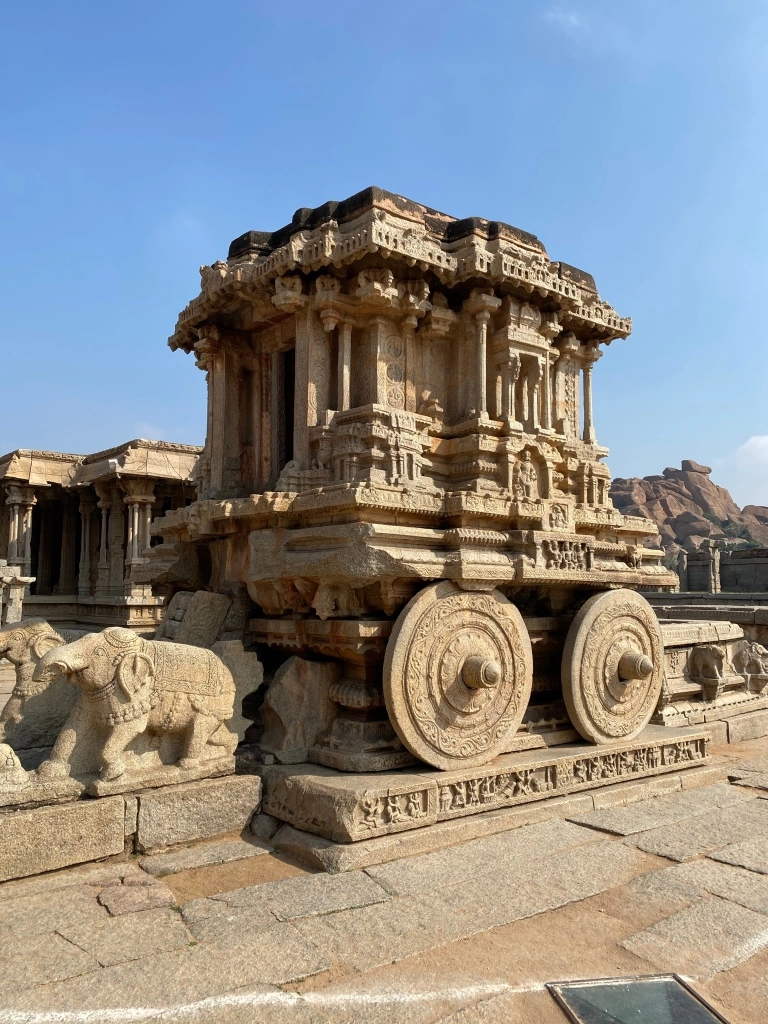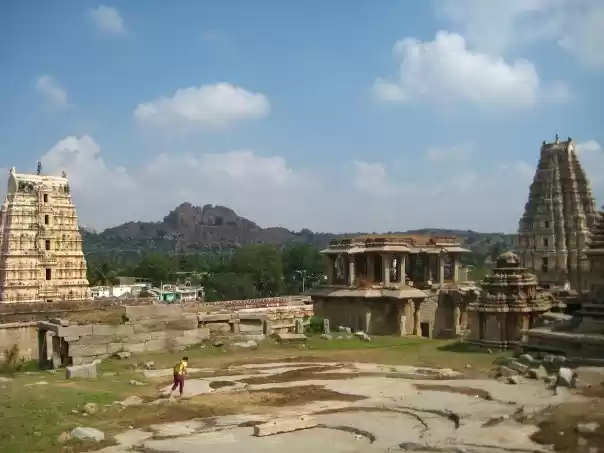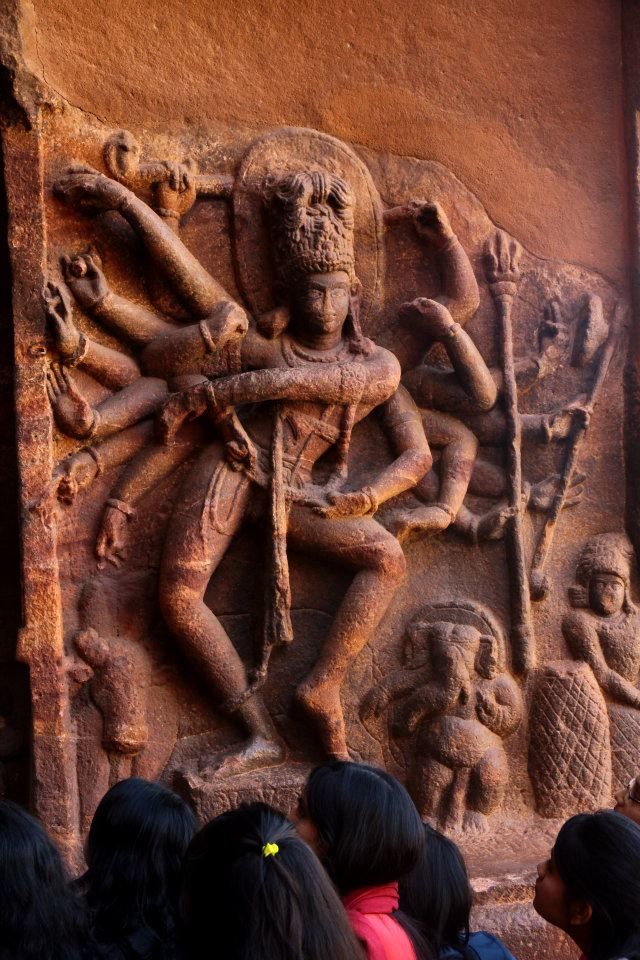
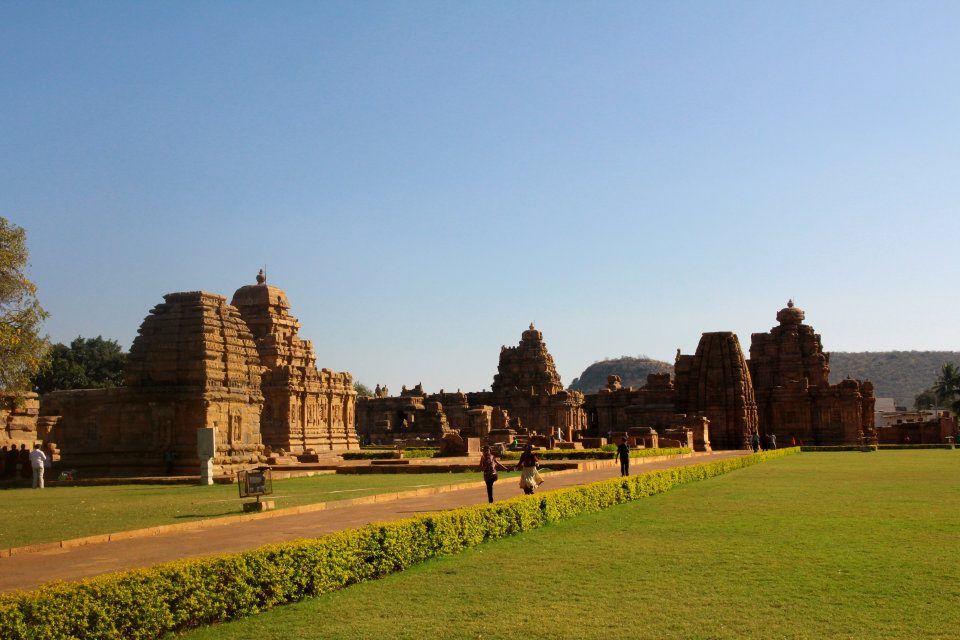
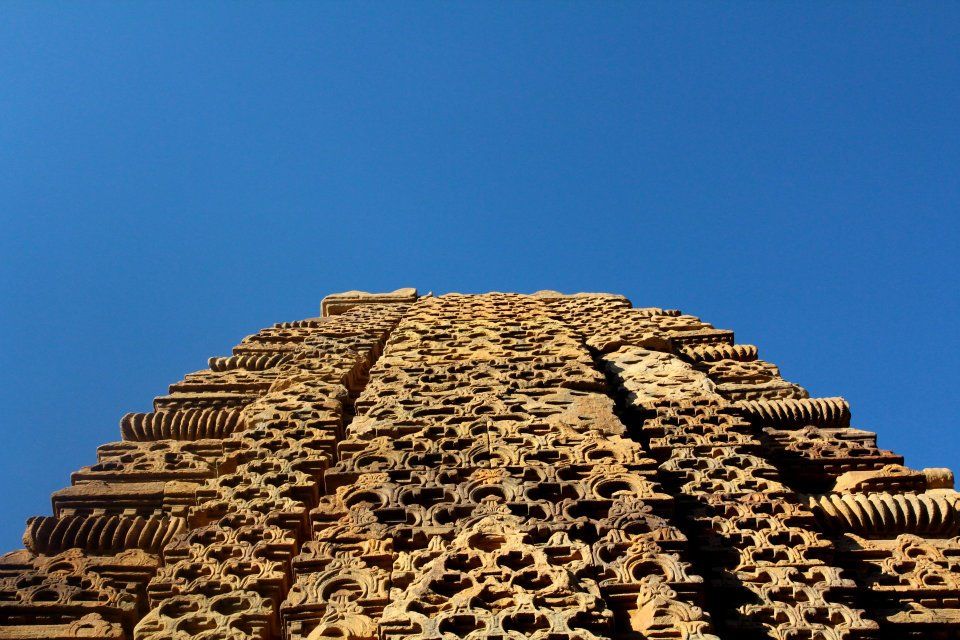
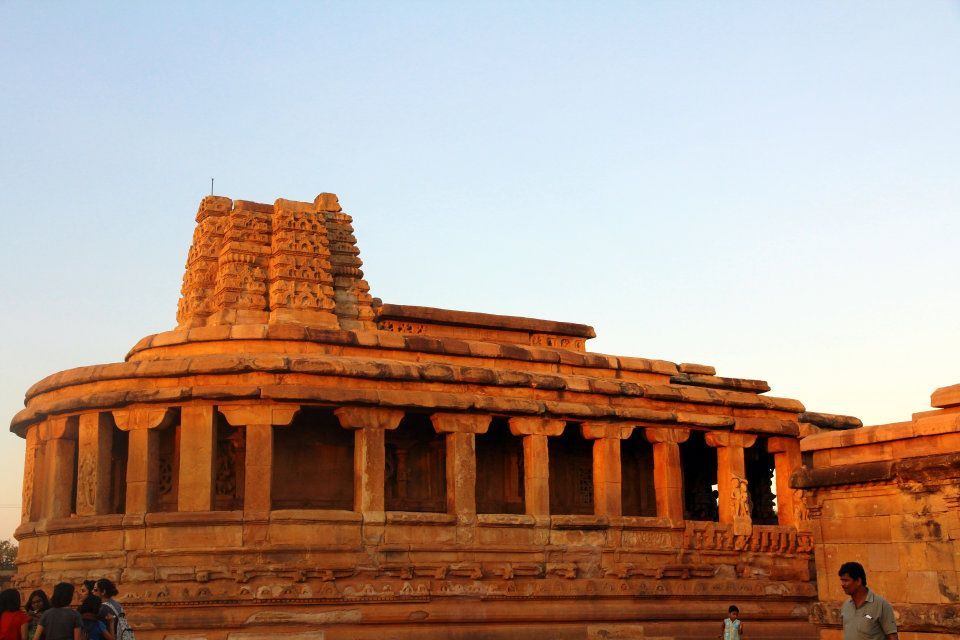
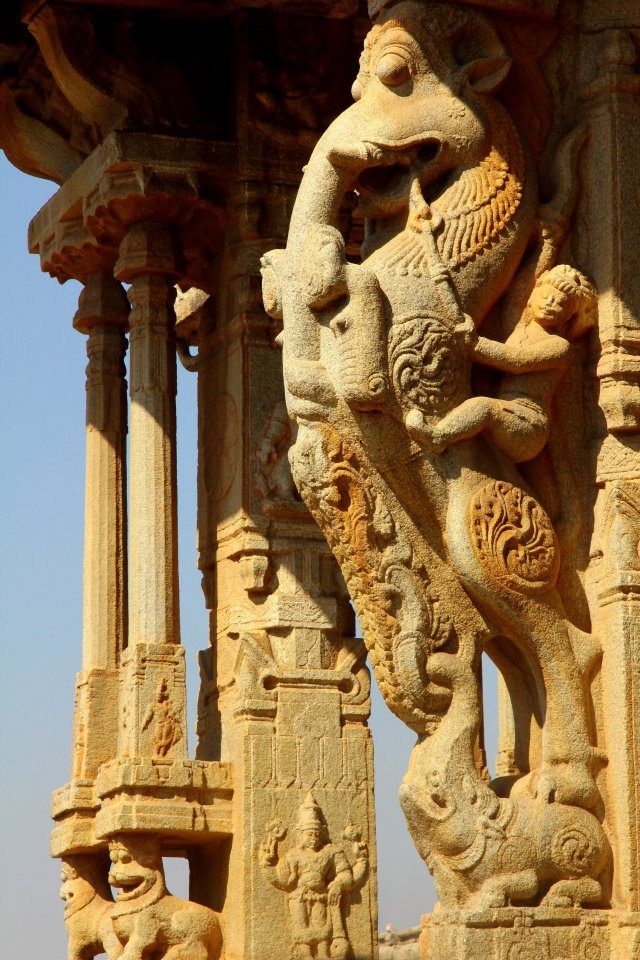
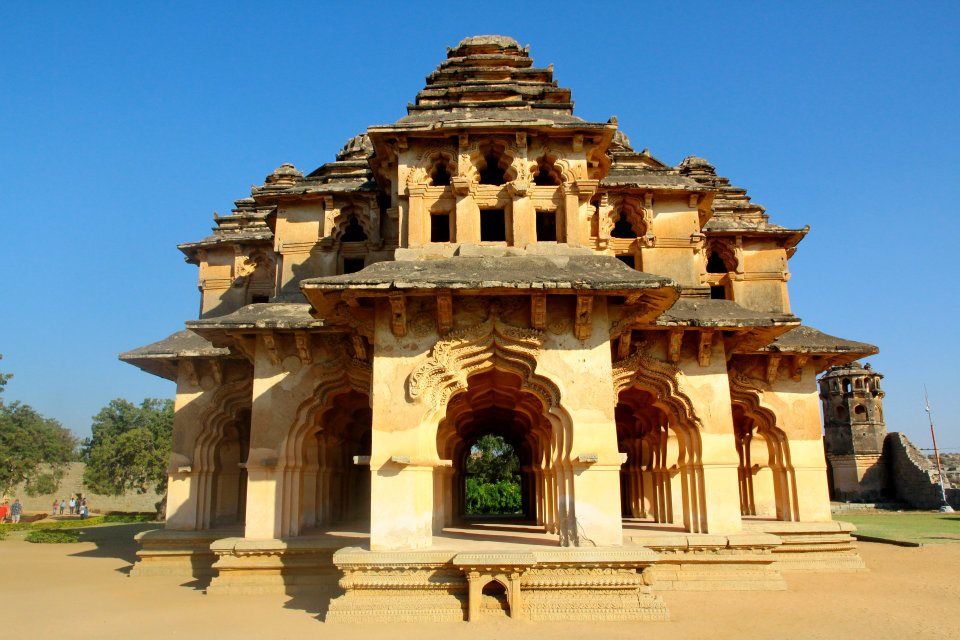
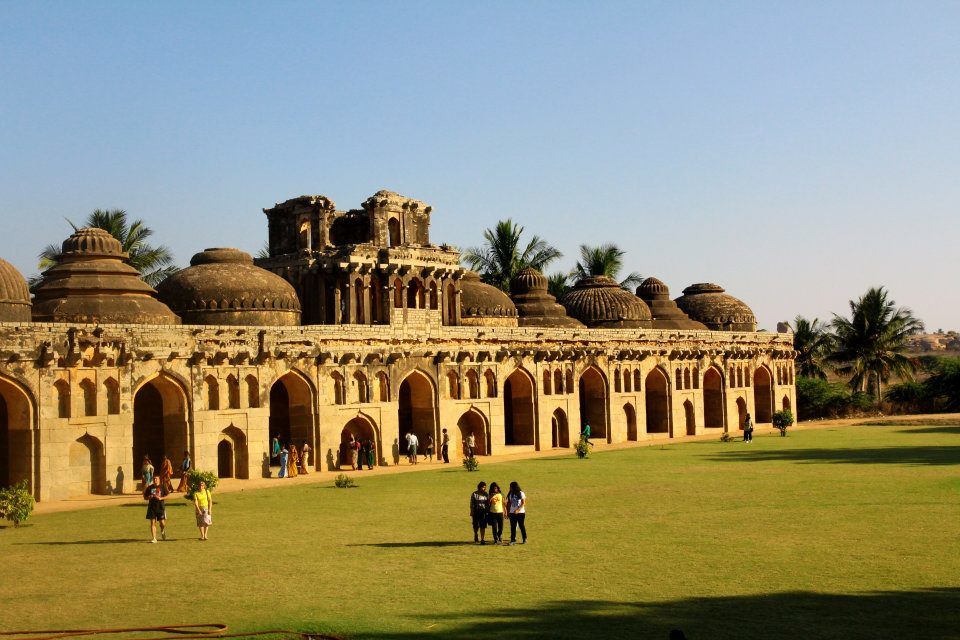
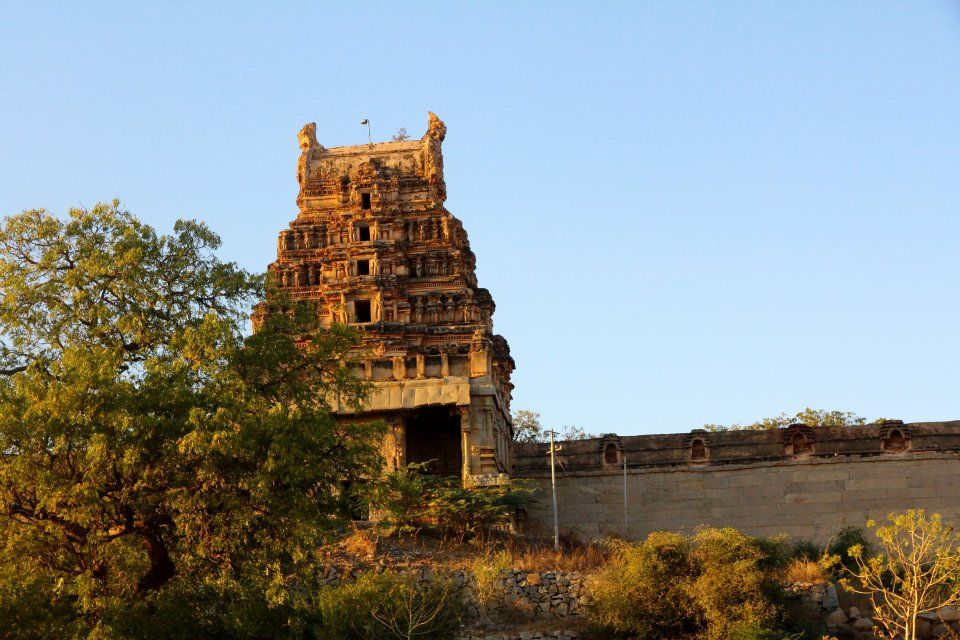
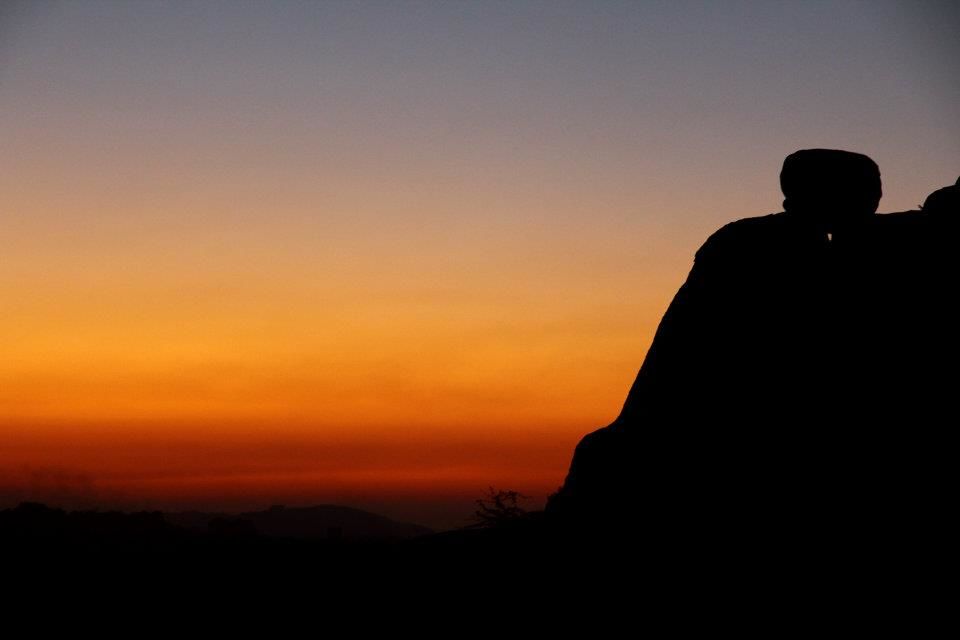
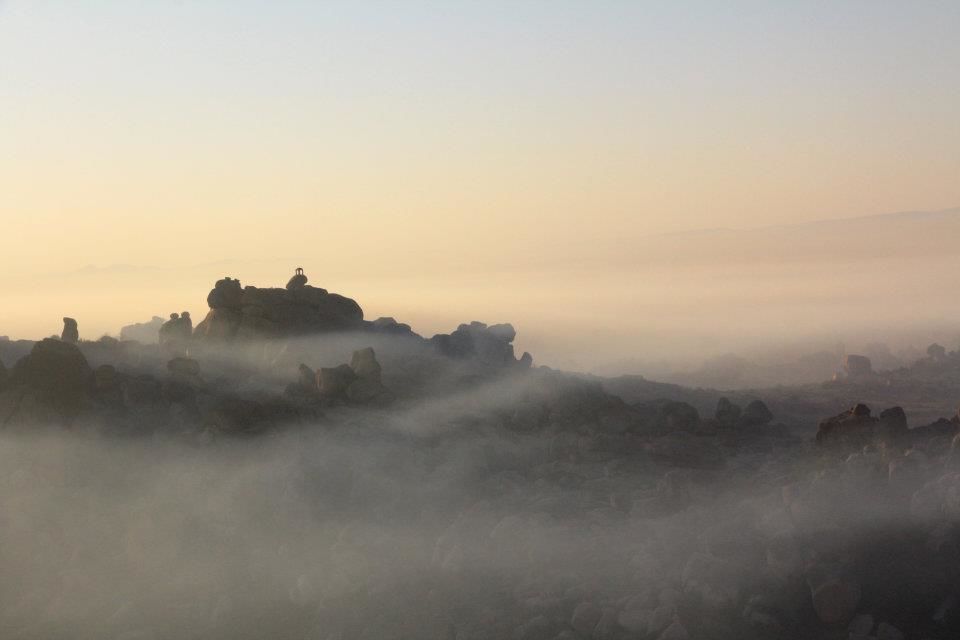
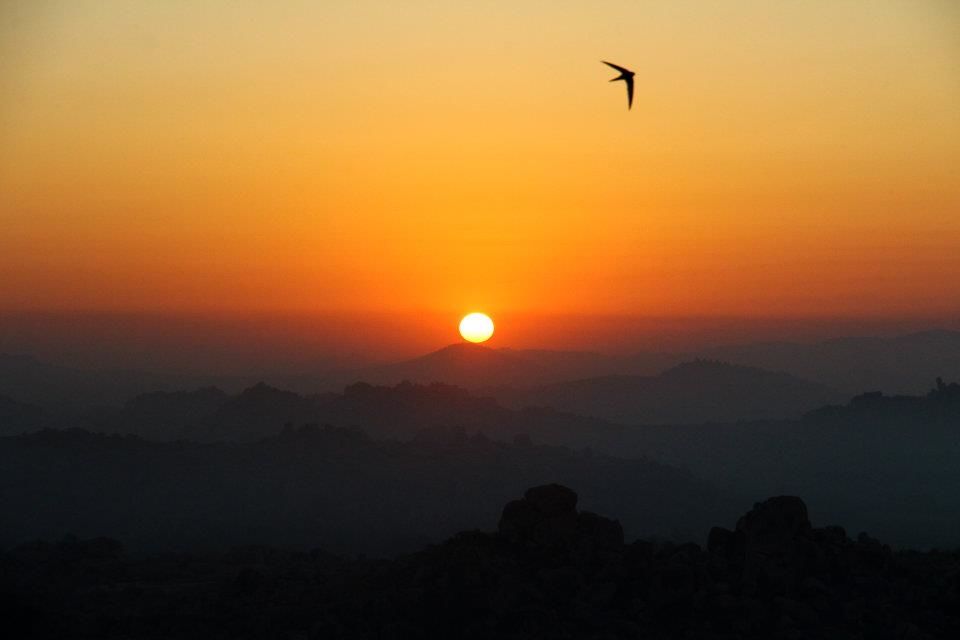
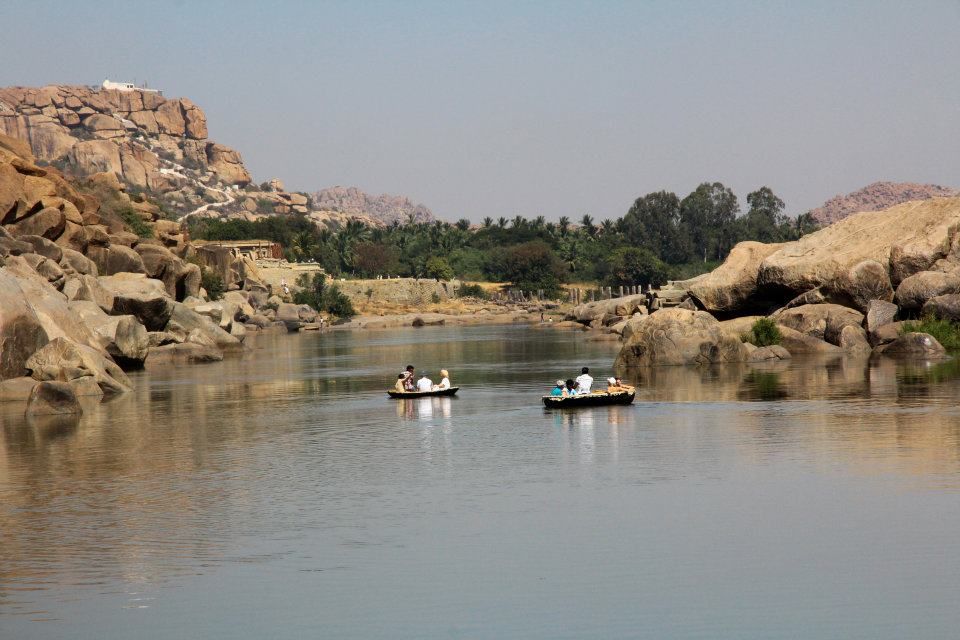
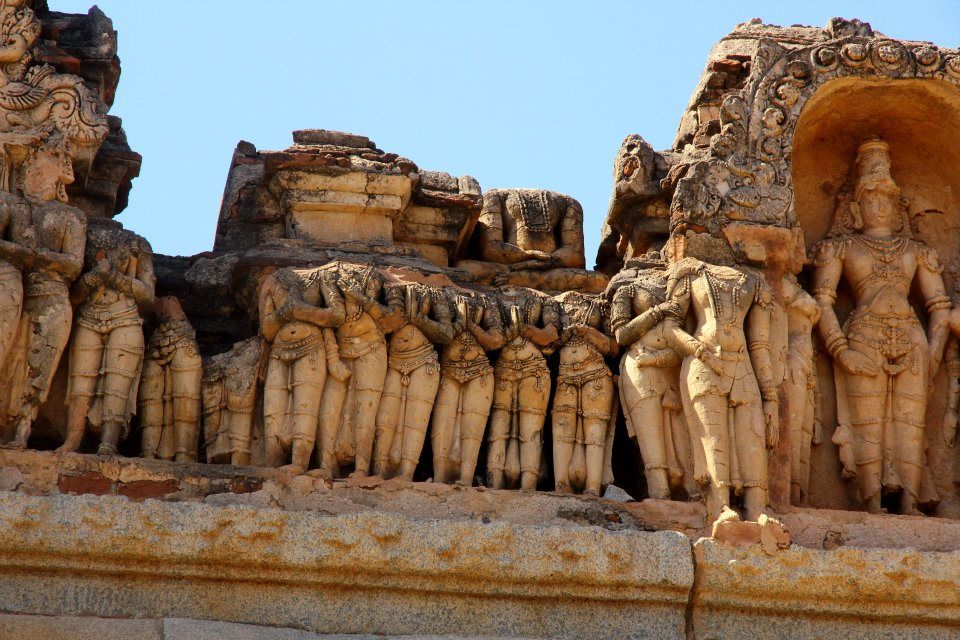
Hampi, the erstwhile capital of the Vijayanagara kingdom, manages to showcase -- even in its ruins -- a sprawling gradeur that harks back to a forgone era. The scale of the city and its extravagant landscape paints pictures of warriors and heros, of blood and sacrifice, of devotion and ceremony, weaving stories that can leave anyone spellbound. As a group of history students, Hampi for us was a magical coming to life of the textbooks on a scale we could never have anticipated. The ceremonial platform, the gates, the Rama temple, the sun temple -- they were each, in their own way, grander and more intricate than the portraits our imaginations had sculpted. And with a spotless blue sky and the gorgeous Tungabhadra river as a backdrop, Hampi offered some truly amazing photo-ops.
Though Hampi was the main destination, we started our journey with three lesser-known places in Northern Karnataka -- Badami, Pattadakal and Aihole. Though they all trace back to the Chalukya dynasty which pre-dates the Vijayanagara empire by several centuries, they made for lovely day-long transition into a holiday deeply embedded in history. Each retained a unique flavour, however, dispelling even the faintest fears of it all getting too repetitive.
All in all, it was a perfect week-long get-away from the rigors of urban life. And with the possibility of boating on the Tungabhadra, an endless supply of fresh coconut water, some breathtaking sunrise and sunset points and a number of idyllic picnic spots, there was something in it for everyone.
The cave temples -- called badami (almond) for the colour of the rocks they are carved out of -- are a true spectacle in themselves. While the intricate workings on the stone itself are beautiful, what blows your mind is the fact that each of the four main caves is cut out of a a single rock, making them mini marvels in themselves. The Nataraja statue outside cave 1, the Vishnu figure in cave 3, the imposing slabs of sandstone and the Agastya lake in the backdrop are all images that stay with you long after you leave.
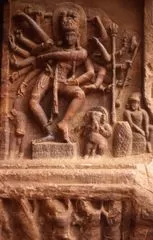

Nestled in a compound with an abundance of green, the Pattadakal group of temples were the most picturesque part of our day. What truly makes this site unique, however, is that the compound looks like a workshop of sorts -- with several semi-completed temples cohabiting with the main 8th century temples. So you find unfinished shikharas, lingas, other sculptures and outlines scattered about, almost telling a behind-the-scenes story of how the other mighty temples came to be.

Compared to Badami and Pattadakal, the architects of Aihole feel like rebels, with each of the temples in the complex having alternative structures that find no other parallels in South India. The Durga temple -- the first sight that confronts you when you enter the complex and Aihole's most iconic image -- looks like a fortress in the shape of a chariot, or like the parliament building, or basically nothing like any temple you have seen. Weaving through these experimental temples that pushed at the boundaries of architectural aesthetics makes for a pleasant evening walk -- especially with the dying rays of the sun casting beautiful colours on the sandstone.

Situated in the northeast of Hampi, most itineraries start with the Vitthala temple. With a large tank outside its compound and the road leading up to it flanked by rows of pillars that at one point were a bustling marketplace, the entrance is quite dramatic. There are several interesting elements inside the temple complex -- the stone chariot (much like its more famour cousin in the Konark Sun temple complex), the musical pillars (which were unfortunately closed to public when we went), and the temple itself which can be navigated through only with a flashlight because of its interiors being cast in pitch darkness.

Located in the Zenana enclosure and designed as one of the palaces for the queens, the Lotus Mahal has an incredibly fragility and beauty about its appearance -- the archways creating an image of a half-opened lotus bud -- making for some stunning pictures. What was most interesting about this, however, was an elaborate system of pipes that had been constructed that facilitated running water. Five centuries ago!

The Malyavantha hill, on which the Malyavantha Raghunatha temple is located, is the most sought after sunset point in Hampi. A small gate from the back of the temple opens to the west, with plenty of little rocks for one to choose their vantage point from. The sunset we managed to witness was truly one of the most special memories of the trip, the solitude and the beauty lending it a serenity quite unparalleled.


A slightly arduous trek in pre-dawn darkness up Matanga hill doesn't sound like too exciting a proposition, but the view from the top competes with some of my favourite memories of all time. The sun coming up on the ruins, slowly lighting up the entire landscape, and the monkeys keeping us company while we gasped for the appropriate words to describe the feeling -- I can relive each one of the moments in exquisite detail.

Just down the road from Matanga hill, the Virupaksha temple -- dedicated to the patron deity of the Vijayanagara empire -- is still in use today. While the temple itself is beautiful, what got everyone excited was the elephant at the back that would extend its trunk over your head and give you blessings.
